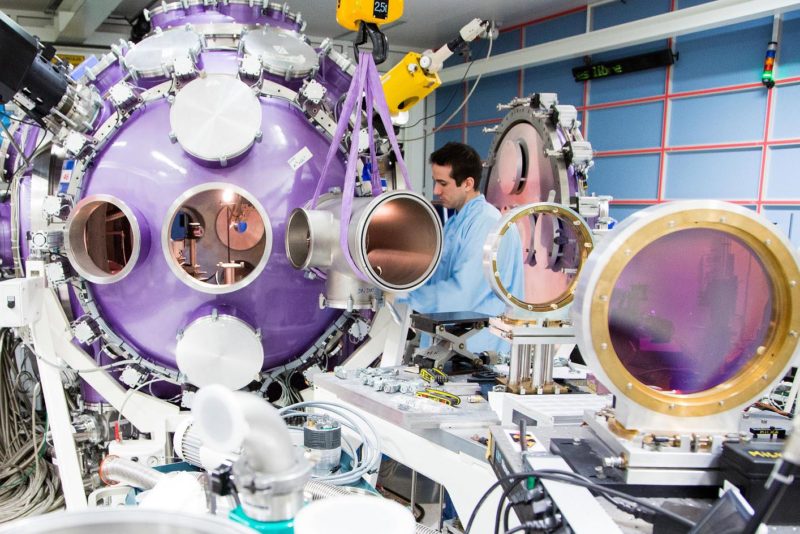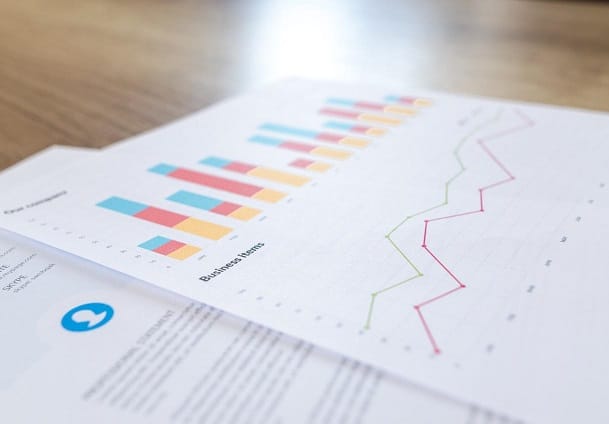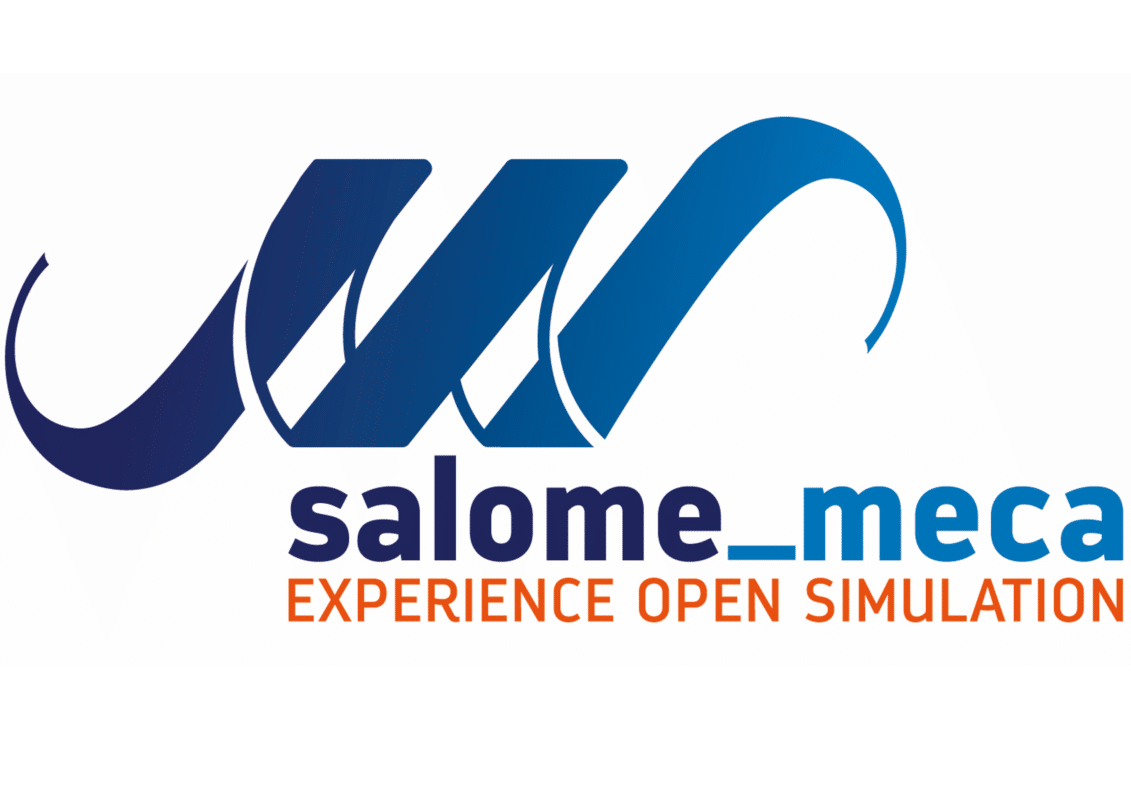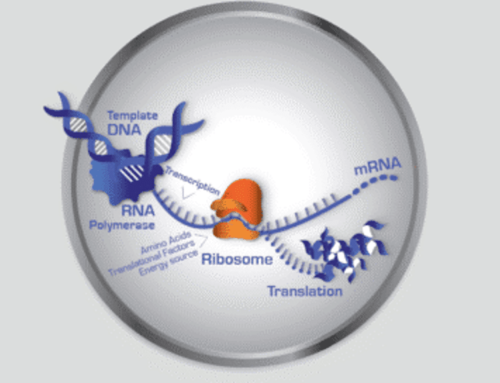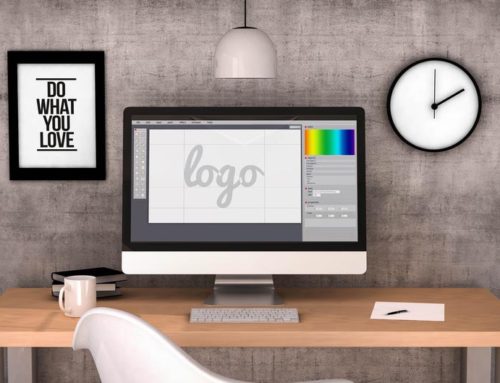Photography
for science!
Research requires images. Jérémy Barande, a photographer and head of the photo department at Ecole Polytechnique, tells us how to use science photography in research and technology.
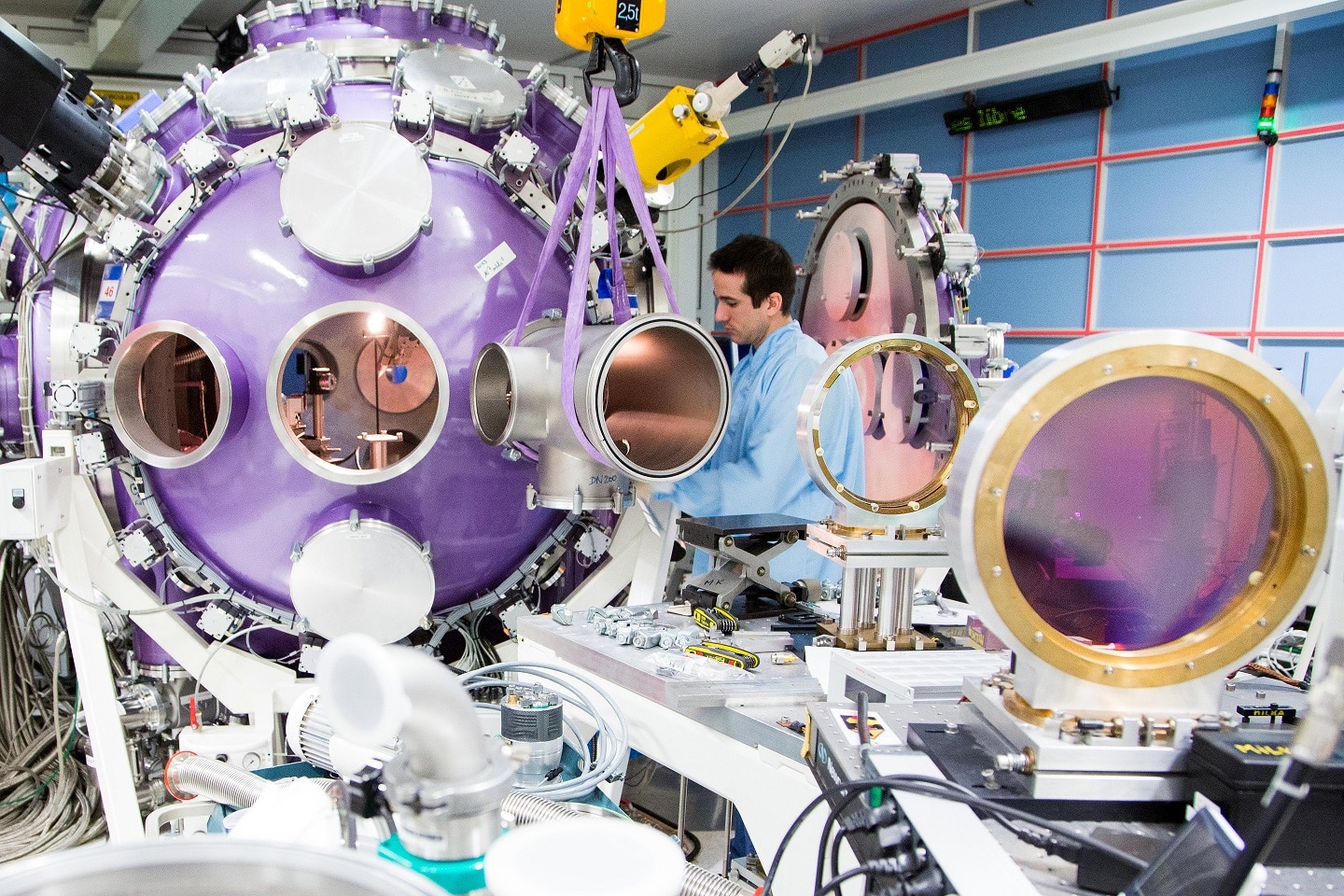
© Jérémy Barande
Why use photos in science?
In the press, on the web or social networks, photos are used mainly for illustrative purposes. They catch the eye and make you read the associated content. In the science world, photos are also beneficial to enhance your work. They show context, a working environment, a team, a technology or a facility and materialise a result or an experiment. They are used to strengthen statements, synthesise them, make them more serious and attractive, and they also provide evidence of researchers’ activities who are constantly looking for partnerships and funding.
What kind of photos do you usually take?
I do a lot of portraits of researchers. The framing may enhance the researcher alone in their working environment, with a tool used on a daily basis, in front of a facility or an experiment. I also take group photos to highlight a team, a laboratory or the whole organisation.
How do you make group photos?
I first start with a spotting job. I often favour stairs that make it possible to place people, to put the most important ones in the front row. I also make sure that the group is structured, that everybody is on the photo, to put away glasses, coffee cups and purses. What is difficult is to come to a satisfying result with a time constraint while conveying emotions, a feeling of happiness and well-being.
What about individual photos in the lab?
In this case, I have more time at my disposal to compose my photos. The background and the staging of the researcher in their environment have an important message to convey. They must be meaningful and address the editorial content that will be illustrated. Therefore I select an interesting background, I make sure to remove objects that lie around and I ask the researcher to use their hands to make a gesture they do daily; they are in good condition and relaxed with their image. Sometimes I insist that they wear their lab coat or glasses to facilitate visual codes and the message to convey.
How important is post-production to you?
Indeed, shooting is only one step! I spend at least as much time selecting images, retouching and indexing them (keywords and captions). I am personally dedicated to reworking colors and contrast, sometimes skin defects, but I seldom go any further, except if the photo is for a poster or an enlargement.
Is it better to call on a professional photographer?
Sure! A photographer has the material and technique to produce images of such quality that they stand out among others. But since social networks, smartphones and low-end cameras have soared, everybody can pretend to be a photographer. Thus there are less and less photo departments in research institutes.
What advice would you give a researcher who would like to get their picture taken by a colleague?
First, use a good camera with a resolution that permits you to work on the pictures with various media. Then, choose a photographer you feel confident with. He will be able to ask for advice and take the picture again as many times as necessary. It is important that the researcher recognises themselves in the picture and makes an effort to project the desired image. The photographer must also select a bright location, a comfortable position and significant accessories. Make sure you look at the camera lens and smile! Last point… It is better to shoot photos when conditions are right, rather than waiting to just before you need them.
